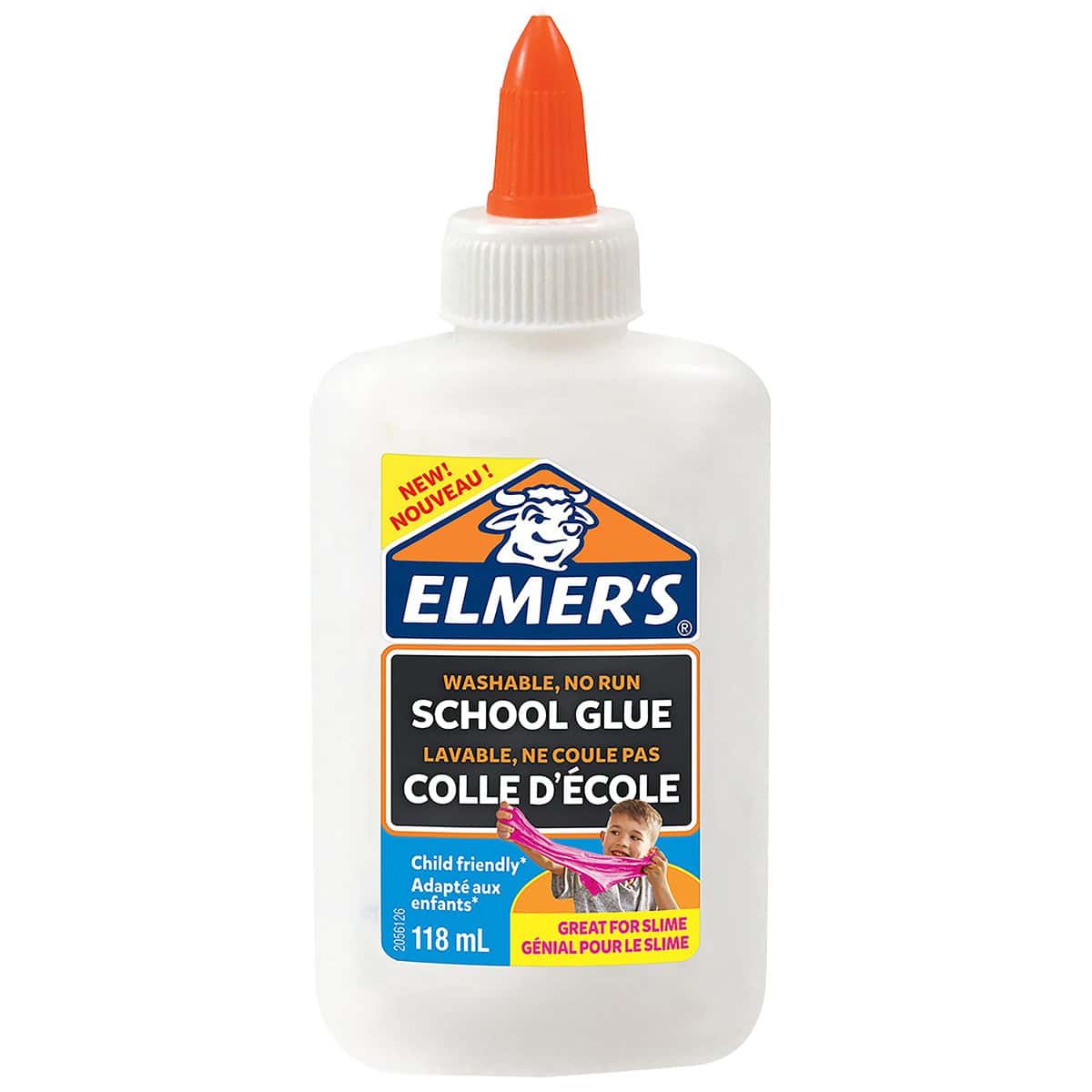The Ultimate Parents’ Guide to PVA Glue for Slime Making
Welcome to the wobbly world of slime, where creativity meets gooey fun! Parents, are you ready to embark on a slime-making adventure with your kiddos? Our comprehensive guide is brimming with insights into PVA glue, a key ingredient for your soon-to-be favorite family activity. Let’s get sticky!
What is PVA Glue?
Polyvinyl acetate (PVA) glue is a versatile adhesive commonly found in schools and homes. Known for its strong bond and easy-to-use nature, PVA glue isn’t just for sticking paper or popsicle sticks together—it’s also the cornerstone of making the perfect slime!
When it comes to crafting that gooey, stretchy, irresistible slime, not all PVA glues are created equal. The best PVA glue for slime is typically clear or white and labeled as washable and non-toxic—ensuring safety and easy cleanup for your little slimeologists.
Choosing the Right PVA Glue for Slime
Before diving into the sticky substance that is slime, it’s crucial to select the right type of PVA glue. Here are some pointers to help you pick the best one:
- Opt for washable glues to ensure your children’s hands (and your furniture) can be easily cleaned after the slime session.
- Scout out ‘School Glue’ or ‘Glue All’ as these variants are often perfect for slime-making due to their consistent texture.
- Choose non-toxic options for a child-friendly craft experience.
Remember, the type of PVA glue you use can affect the outcome of your slime, so choosing correctly is key to success!
Safe Slime-Making: A Parent’s Checklist
Slime-making is tons of fun, but safety comes first. Here’s a checklist to keep the slime-making both fun and safe:
- Always supervise young children during slime crafting to prevent them from ingesting any ingredients.
- Wear old clothes or aprons, as slime can get messy and might stain fabrics.
- Keep PVA glue and slime ingredients away from pets as they could be harmful if ingested.
- Prepare an area with a washable surface or cover your workspace with newspaper or a plastic sheet to facilitate cleanup.
Keeping these safety tips in mind, you’re now ready to move to the fun part – making the slime with your little ones!

5 Essential Things Parents Should Know Before Preparing PVA Glue for Slime
Ready for some ooey-gooey fun? Here’s a lowdown on what every parent should be aware of before jumping into slime time with PVA glue:
-
The Role of PVA in Slime Consistency
The amount of PVA glue you use directly affects the thickness and stretchiness of your slime. A helpful tip for first-timers is to start with a standard recipe, typically a 4 oz bottle of glue with corresponding activator, and adjust from there based on your preferences.
-
Understanding Slime Activators
Slime isn’t just PVA glue alone—it requires an activator to transform into the slime we all love. Common activators include borax solution, liquid starch, or contact lens solution with baking soda. It’s important to introduce the activator slowly and mix thoroughly for the best texture.
-
Color and Additives
Personalizing slime with color, glitter, or other fun mix-ins is half the fun! However, be mindful of how much you add. Too much color can stain hands, while too many beads or glitter could make the slime brittle or too firm. Less is more as you can always add but not take away!
-
Slime Aftercare
To keep slime fresh and pliable, store it in an airtight container between play sessions. If it becomes sticky, kneading in a bit more activator can help rejuvenate its consistency. And if it’s too firm, a little warm water gently mixed in can bring back the stretchiness.
-
Dealing with Slime Mishaps
Should slime get on clothes, furniture, or hair, don’t panic! PVA glue is water-soluble. Most often, soaking in warm water can loosen it up. Scraping off excess slime before treating the area is always a good approach. For hair, a bit of oil (like coconut or olive) can help break slime down before shampooing.
Equipped with this knowledge, you’re on the right track to create an enjoyable and educational experience for your kids — with fewer messes and stress!
Perfecting Your Slime Recipe: Tips and Tricks
Once you’ve got the basics down, it’s time to perfect your slime recipe. Experiment with the following tips:
- Add-ins like foam beads, clay, and scented oils can enhance the sensory experience.
- For those seeking an educational twist, turn slime time into a science lesson about chemical reactions and polymers.
- Temperature can affect slime consistency. Warmer environments may cause your slime to be stickier.
Playing with the proportions of ingredients allows you and your kids to customize the slime to your preferences, making each session a unique adventure!
See more great Things to Do with Kids in New Zealand here. For more information see here
Disclaimer
The articles available via our website provide general information only and we strongly urge readers to exercise caution and conduct their own thorough research and fact-checking. The information presented should not be taken as absolute truth, and, to the maximum extent permitted by law, we will not be held liable for any inaccuracies or errors in the content. It is essential for individuals to independently verify and validate the information before making any decisions or taking any actions based on the articles.




